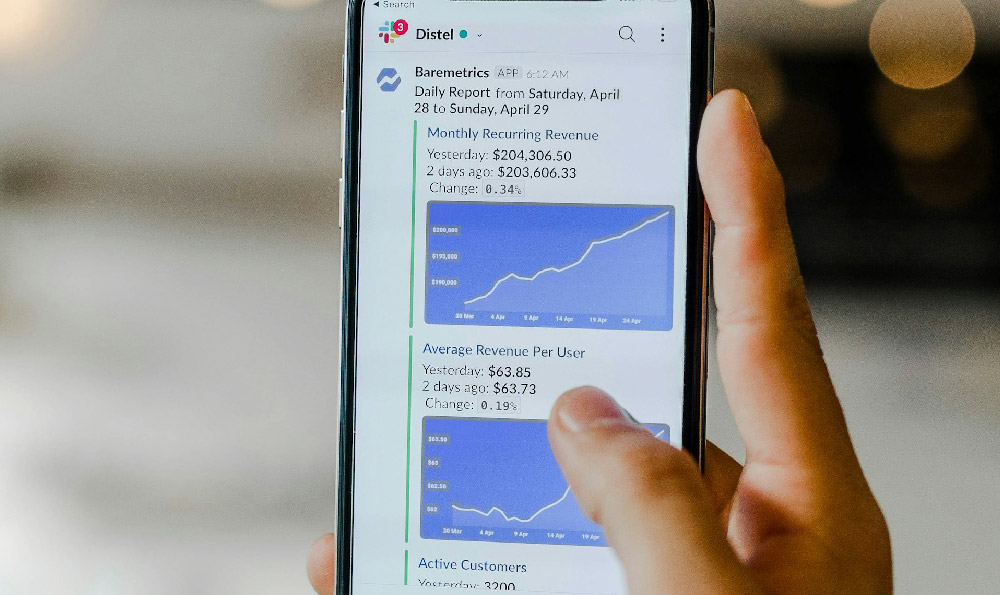Disney World, a sprawling entertainment complex nestled in the heart of Florida, stands as an enduring symbol of childhood dreams, technological innovation, and, of course, immense financial success. Determining the precise annual revenue of Disney World is a complex undertaking, shrouded in layers of corporate reporting and strategic financial allocation within the Walt Disney Company as a whole. However, by analyzing the company's annual reports, dissecting segment performance, and considering industry trends, we can arrive at a well-informed estimate and understand the key factors influencing its bottom line.
The Walt Disney Company operates under several reportable segments, one of the most significant being "Parks, Experiences and Products." This segment encompasses not only Disney World but also Disneyland, international parks, Disney Cruise Line, Disney Vacation Club, and merchandise licensing. Therefore, isolating Disney World's specific revenue necessitates a deeper dive beyond the headline figures. While the company doesn't explicitly break down revenue for each individual park, insightful analyses from financial analysts and industry experts provide valuable estimations.
Pre-pandemic, it was estimated that Disney World generated approximately $20 billion in annual revenue. This figure encompassed theme park admissions, resort hotel stays, food and beverage sales, merchandise purchases, and other ancillary spending within the resort. However, the COVID-19 pandemic dramatically impacted the entire tourism and entertainment industry, forcing Disney World to temporarily close its doors and operate at significantly reduced capacity upon reopening. This naturally led to a substantial decline in revenue.

Since the initial pandemic shock, Disney World has been on a path to recovery, adapting to new health and safety protocols, introducing innovative technologies, and adjusting its pricing strategies. Revenue figures have steadily climbed back up, driven by pent-up demand for travel and entertainment, as well as strategic initiatives designed to maximize per-guest spending.
Several key factors influence Disney World's annual revenue. Theme park attendance is a primary driver, directly impacting ticket sales and subsequent spending within the parks. Hotel occupancy rates are another crucial indicator, reflecting the demand for on-site accommodations and contributing significantly to overall revenue. Per-guest spending, which encompasses purchases of food, beverages, merchandise, and premium experiences like Genie+ and individual Lightning Lane access, is a critical metric that Disney actively manages.
Disney's dynamic pricing strategy also plays a significant role. By adjusting ticket prices based on seasonal demand, park capacity, and special events, Disney aims to optimize revenue generation throughout the year. During peak seasons, such as holidays and summer vacations, ticket prices are typically higher, reflecting increased demand and the premium associated with visiting during these times.
Beyond the core park experience, Disney World generates significant revenue from its resorts, dining establishments, and merchandise outlets. Disney's resort hotels offer a range of accommodations, from value-priced options to deluxe villas, catering to diverse budgets and preferences. These resorts provide a convenient and immersive experience for guests, encouraging longer stays and increased spending within the Disney ecosystem.
Dining is another vital revenue stream. From quick-service restaurants to signature dining experiences, Disney World offers a wide array of culinary options to satisfy every palate. Character dining, in particular, is a popular draw for families, combining delicious food with memorable interactions with beloved Disney characters.
Merchandise sales are equally important. Guests often purchase souvenirs, apparel, and collectibles to commemorate their Disney World visit. Disney's retail outlets offer a vast selection of merchandise, ranging from classic Mickey Mouse ears to exclusive limited-edition items, appealing to both casual visitors and avid Disney collectors.
Furthermore, Disney's investment in new attractions and experiences directly impacts revenue. The opening of new lands, rides, and shows generates excitement and attracts new visitors, boosting attendance and overall spending. For instance, the opening of Pandora – The World of Avatar at Animal Kingdom and Star Wars: Galaxy's Edge at Hollywood Studios resulted in significant increases in attendance and revenue.
Looking ahead, Disney World's revenue outlook remains positive, driven by continued investments in its parks and resorts, as well as evolving consumer preferences for immersive and interactive entertainment experiences. The introduction of new technologies, such as the My Disney Experience app and the Genie+ service, aims to enhance the guest experience and streamline operations, ultimately contributing to revenue growth.
The ongoing development and expansion of EPCOT, with its focus on future world exploration and global showcases, is another significant factor driving future revenue. New attractions and dining experiences within EPCOT are designed to attract a wider range of visitors and encourage repeat visits.
Moreover, Disney's commitment to sustainability and responsible tourism resonates with environmentally conscious consumers, further enhancing its brand image and attracting a broader audience. Initiatives such as reducing waste, conserving water, and promoting renewable energy contribute to a more sustainable and responsible tourism model.
While pinpointing the exact, granular revenue figure for Disney World alone remains a challenging task due to the Walt Disney Company's consolidated reporting structure, based on estimates and analysis of relevant data, a reasonable estimate for Disney World's annual revenue in a normalized, post-pandemic environment likely hovers in the range of $20 billion to $25 billion. This figure reflects the enduring appeal of the Disney brand, the continued investment in new attractions and experiences, and the strategic management of pricing and operations. The future success of Disney World, and its contribution to the Walt Disney Company's overall financial performance, hinges on its ability to adapt to evolving consumer preferences, embrace technological innovation, and deliver magical and memorable experiences for guests of all ages. Understanding these revenue drivers and their interconnectedness paints a clearer picture of the financial powerhouse that is Disney World.












